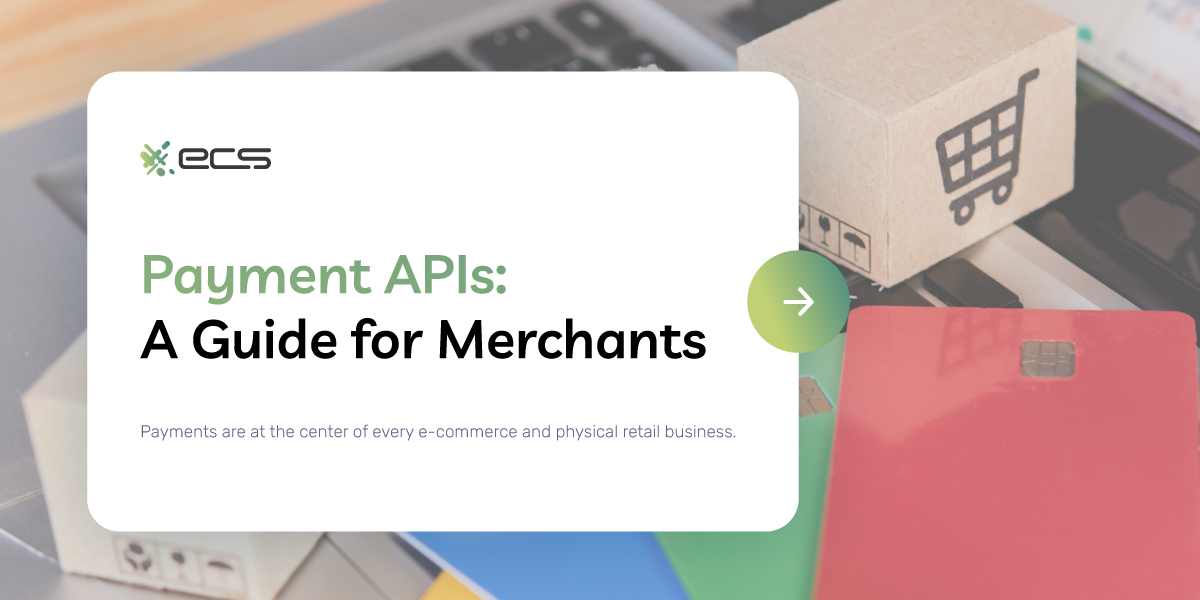Payments are at the center of every e-commerce and physical retail business. The ability to efficiently and securely accept payments allows businesses to scale and grow their revenue. The most common way businesses implement efficient payment workflows is through payment APIs.
API stands for Application Programming Interface. With processing payments, APIs allow you to connect various systems far more easily than if they required manual integration.
But to take advantage of payment APIs, merchants need to understand the different types of APIs and how they relate to their business and payment workflow.
Here, we’ll delve into the details and explain how merchants can use payment APIs to improve customer experience, lower costs, and scale their business.
What Is A Payment API?
A payment API allows two different systems to effectively communicate with each other. A common example of a payment API in use is an e-commerce website.
Suppose you have a specific shopping cart software loaded on your e-commerce site. Customers choose their products and checkout via the shopping cart.
When the customer enters their credit card information, the shopping cart software must communicate with the payment gateway and the rest of the payment processing system.
This is done via a specific payment API. The payment API provides a set of rules and standards when communicating via the API. The API also acts as a type of verification process between systems.
API protocols standardize communication, enabling any two systems that adhere to these standards to communicate securely and with minimal setup.
Security remains a top priority for APIs, making them indispensable. Allowing any system to send and receive data without APIs would compromise the security of the payment network.
The API allows for safe and secure transmission of data. Without APIs, many of the systems we all rely on every day would not be possible.
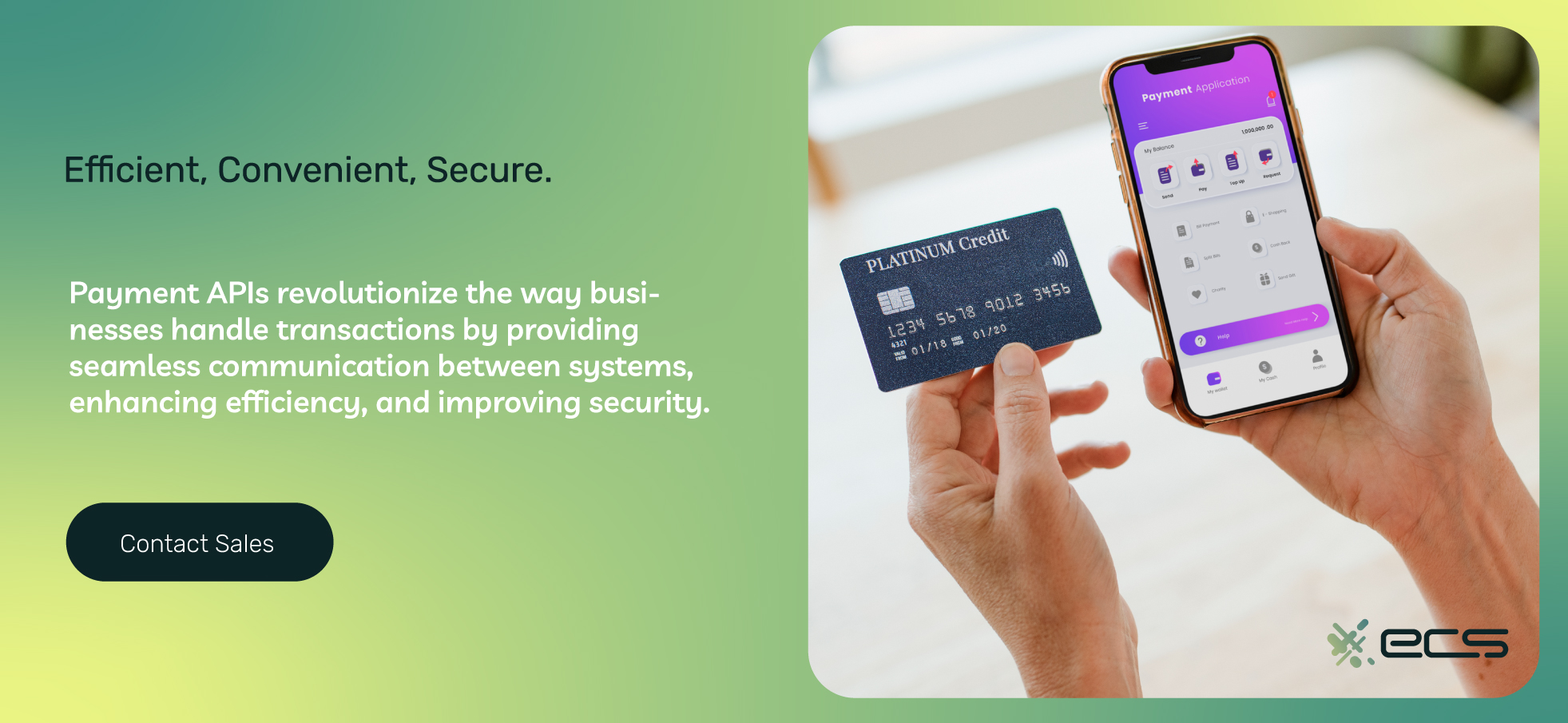
How A Typical Payment API Works
Now that you understand what a payment API is, we will explain how one works in an actual payment situation.
An API is the connection between an application, a web server, and, in the case of payments, a database of stored information.
Let’s say you have an e-commerce website and store your customer’s payment information so they can quickly checkout or set up recurring payments.
For this setup to work, you would need a payment API to retrieve the data as needed and return the transaction result to your website and, ultimately, to the customer.
Step1: Customer Initiates A transaction
Your customer initiates a transaction and proceeds to the payment page of your website.
Step 2: The Payment API Begins To Transmit Data
The API transmits your customer’s ID to the payment services web server. That web server will then communicate securely with the payment database that stores the customer’s payment data for recurring purchases.
As the merchant, you don’t need to store the customer’s data on your own servers. This is another advantage of using payment APIs since it reduces your security overhead.
Step 3: The Payment Is Authorized or Denied
Now, the customer’s payment information and the transaction are moving through the standard payment network. So, first, it goes to your payment processor for the initial fraud checks.
Next, it moves on to the appropriate credit card network for additional checks.
The customer’s issuing bank then confirms the availability of the funds. During this time, your website is simply idle and waiting for a response via the API.
Step 4: The Results Are Transmitted Back To the Website
The API receives the authorization message and sends a final confirmation back to your shopping cart software or e-commerce application.
Your e-commerce application interprets the API message and shows the customer the appropriate response.
You can also configure certain API responses to trigger custom outcomes or display specific pages through customization.
The Different Types of Payment APIs
Throughout the payment processing network, various types of payment APIs actively facilitate transactions.
However, merchants will generally only need to focus on three main types of payment APIs. These three payment APIs make up a majority of the features and integrations that merchants need to create seamless payment workflows.
Direct Payment API
Our example in the previous section was using a direct payment API. With direct payment APIs, the website or application communicates directly with the payment processing web servers.
With a direct payment API, customers never leave your website or application when buying products or services. The processing is handled off-site on other servers, which is transparent to your customers.
When the processing is complete, the API returns the result to your website or application, and the customer experiences a seamless payment transaction.
Direct payment APIs are the most common for merchants who want the maximum control over their transactions and what their customers experience during checkout.
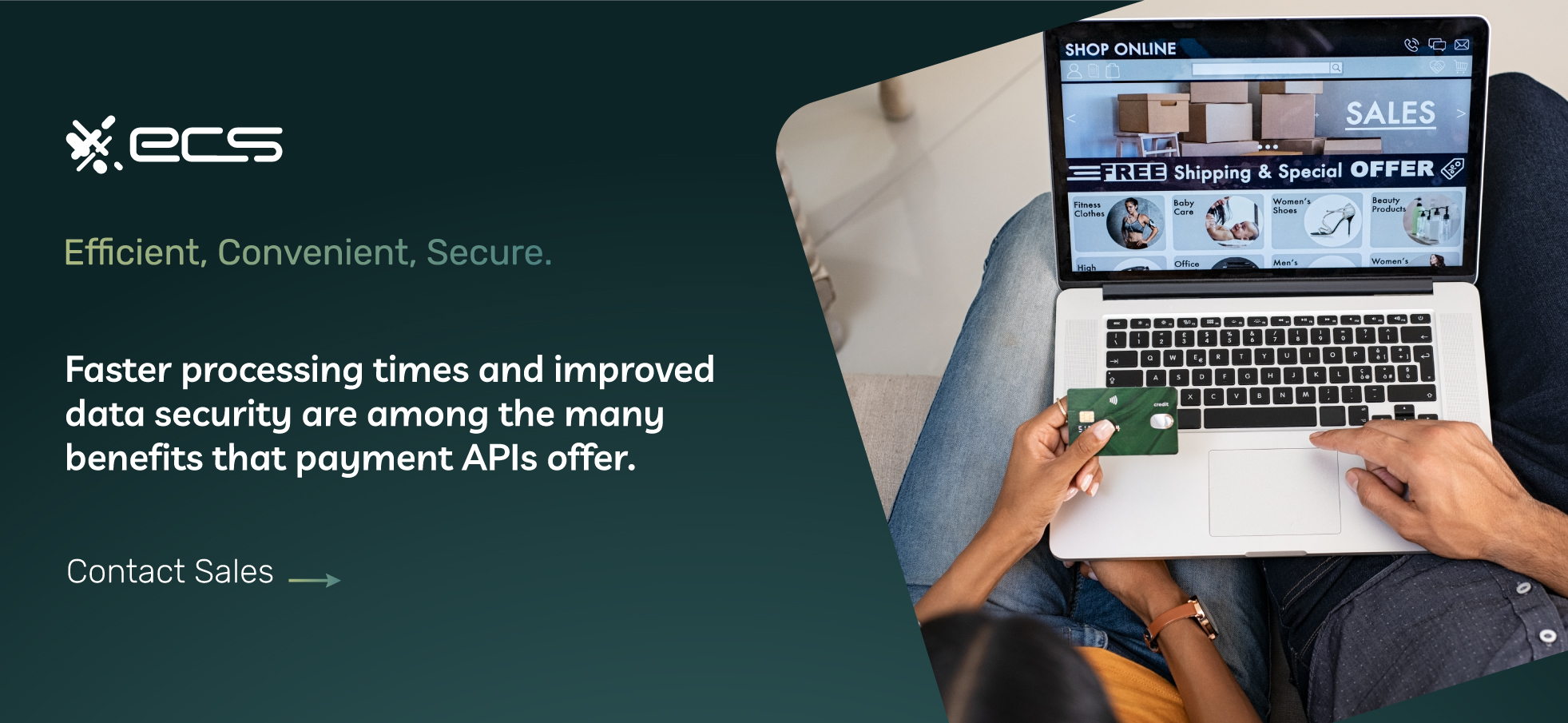
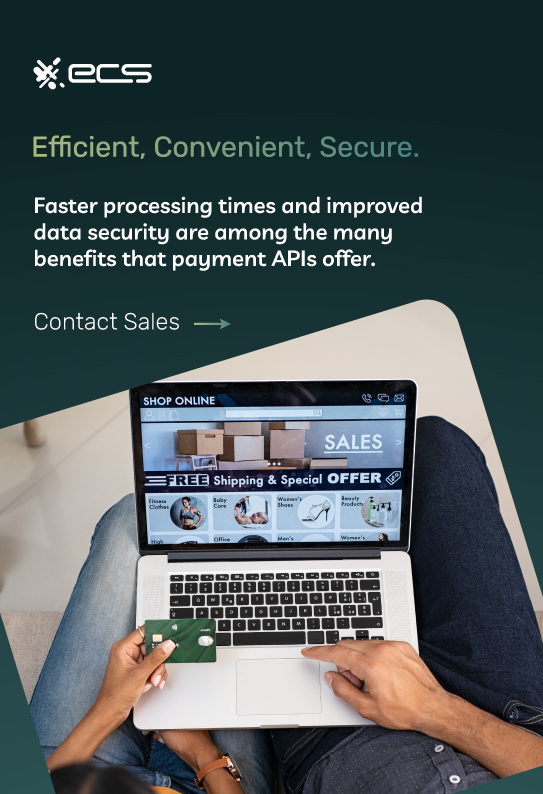
Hosted Payment API
Hosted payment APIs are the most simple API for most merchants to take advantage of. The downside is that they offer the least control over the customer experience and the overall payment workflow.
With a hosted API, the customer is redirected to a hosted page. The hosted page is usually hosted by the payment gateway the merchant is using.
However, most hosted payment pages allow the merchants to customize and brand the page to appear more like the merchant’s website.
When the customer lands on this hosted page, they complete the transaction by entering their billing information.
The hosted page then finishes the transaction and sends the result back to the merchant’s website via the hosted payment API.
The resulting code from the hosted payment API will tell the merchant website whether the payment was authorized. The API data will also include details such as the final transaction amount.
The merchant can customize the experience further by having the API redirect the customer to specific pages depending on whether the payment was authorized or denied.
Smaller businesses typically use hosted payment APIs because they can set them up quickly and require minimal coding or integration.
However, larger businesses can still leverage hosted payment APIs to create one-time payment pages for accepting invoice payments or other situations where a traditional checkout page isn’t necessary.
Custom Payment APIs
Another type of payment API is a custom API. Some payment gateways allow special access to their APIs so that businesses and service providers can make custom payment workflows.
These customized API applications require special developer skills in programming and other coding disciplines.
The advantage of creating customized payment APIs is that businesses can build completely unique payment workflows that fit their business perfectly. Businesses can also create new types of payment products or business models using custom payment APIs.
An example of a custom API is if you were designing a mobile app and wanted a feature so customers could make purchases directly in the app. You could accomplish this with a direct payment API.
But you could make the process even more streamlined by building customization around the API, allowing the payment to take place right from any screen within the app.
It’s important to note that not all APIs allow for customization or for businesses to build applications around them. Even with the APIs that allow this, each API can have its own limitations and specific design parameters.
If you need to develop custom apps around a payment API, you want to find an API that will allow the functions and testing you need to have a fast and cost-efficient development cycle.
Benefits of Payment APIs
Payment API integration provides many benefits for merchants, service providers, and especially customers.
Some of those benefits are:
Faster Processing Times
If you’ve ever made a purchase online or even in a store, you’ve noticed how fast the checkout process is. Despite a transaction going through several financial institutions, the whole process takes only a few seconds.
This is because payment APIs allow for streamlined communications between merchants and the rest of the payment processing network.
The user experience and the merchants both benefit from this processing speed.
Improved Data Security
When processing a card transaction, data security must always be a top consideration. Without the ability to securely transmit data between different parties, the network wouldn’t function.
Payment APIs allow virtually any merchant or application to communicate securely with the payment processing network.
Increased Fraud Protection
One feature of every payment API is the built-in encryption. Since APIs facilitate real-time communications, both parties use built-in encryption for sending and receiving data.
Without APIs, different systems and merchants would all have to coordinate which encryption methods they use.
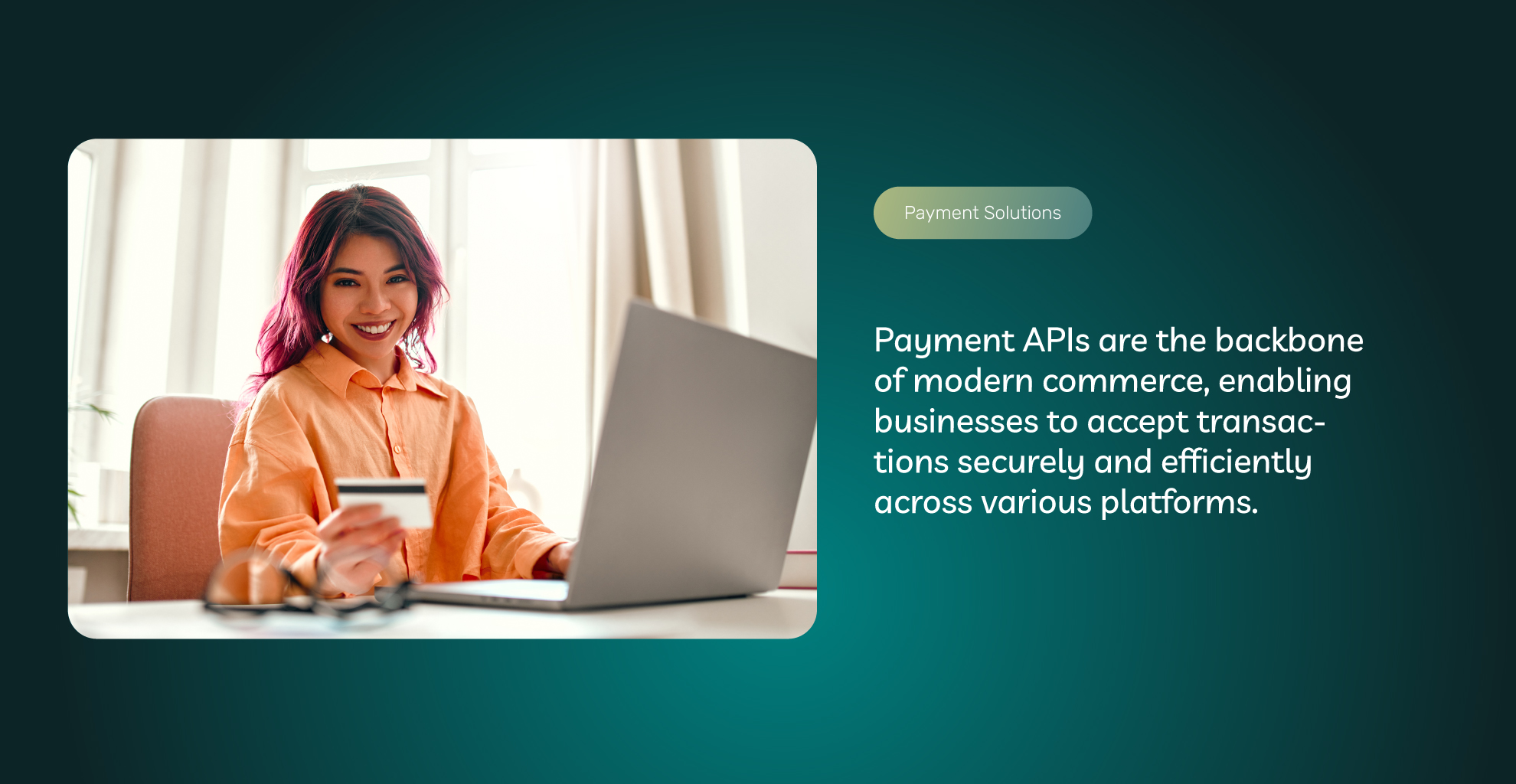
Easier Regulatory Compliance
Every merchant needs to focus on PCI compliance protocols when handling transactions. Payment APIs make this compliance easier for merchants by allowing them to store less sensitive data.
The payment API allows communications between payment web servers and databases. These databases store the payment details, not the merchant.
Overall, the less information like bank account or card numbers that a merchant stores locally on their own servers, the easier it is for them to comply with security regulations like PCI DSS.
Improved Customer Experience
Customized payment workflows help to improve customer experience by removing many of the hassles of online payments. Things like recurring billing or fast shopping carts that remember customers’ billing information are all possible with payment APIs.
Build The Payment Workflow That Works For You
Payment APIs let you customize your payment workflows to fit your business and customers. Whether you need a fully customized payment model or a simple hosted page, a payment API can help you achieve the workflow you need to run your business.
Choosing a Payment API For Your Business
Different payment processors will offer different API options for their merchants. You want to ensure that you select the best option that fits your business needs and payment processing requirements.
Below are some areas to consider when choosing APIs for your payment solution.
Customization Options
If you plan on developing around an existing payment API, you want to ensure full access to all API documentation. This will help your development team determine exactly how to work with the new API.
Another thing to consider is what kind of testing environment the API provider offers. When customizing an API, you must test every function before it goes live on your site. Serious development requires a robust testing or sandbox environment.
Third-Party Integrations
You’ll need your payment API to connect to other software, such as a shopping cart for e-commerce. Ensure that your API is compatible with the software or applications you use for your business.
Full Payment Support
As a merchant, you want to offer your customer base as many payment options as possible. To do this, you’ll need an API that can handle all the payment options you offer, including credit & debit cards, ACH payments, or digital wallet payments.
Customer Support
As with everything involving your payment processing, customer support should be a top priority. If you have questions about your payment API, you need a payment processor that can answer them quickly.
Finding The Right Payment API
In today’s modern business environment, choosing the right payment API is critical to the success of your business.
ECS Payments is a leader in payment technology, and we offer merchants a variety of payment gateways and payment APIs to fit their needs.
If you need a merchant account with the latest payment APIs, contact ECS Payments today to learn more and find the perfect payment API for your business.
Frequently Asked Questions About Payment APIs
A Payment API (Application Programming Interface) is a virtual tool that enables communication between different digital systems, which facilitates secure and seamless payment processing.
Payment APIs are crucial for businesses as it allows seamless integration between their websites or applications and their payment processing systems. API integration is essential for secure transactions, improved customer experience, and an overall seamless business.
There are three main types of Payment APIs:
Direct: Allows direct communication between your website and payment processing servers. Direct provides maximum control over transactions.
Hosted: Redirects customers to a hosted payment page. Hosted offers simplicity but less control over the customer experience.
Custom: Offers businesses the ability to create unique payment workflows and features. However, custom requires specialized development skills.
Businesses that Integratie payment APIs benefit from faster payment processing times, improved data security, increased fraud protection, easier regulatory compliance, and enhanced customer experience.
